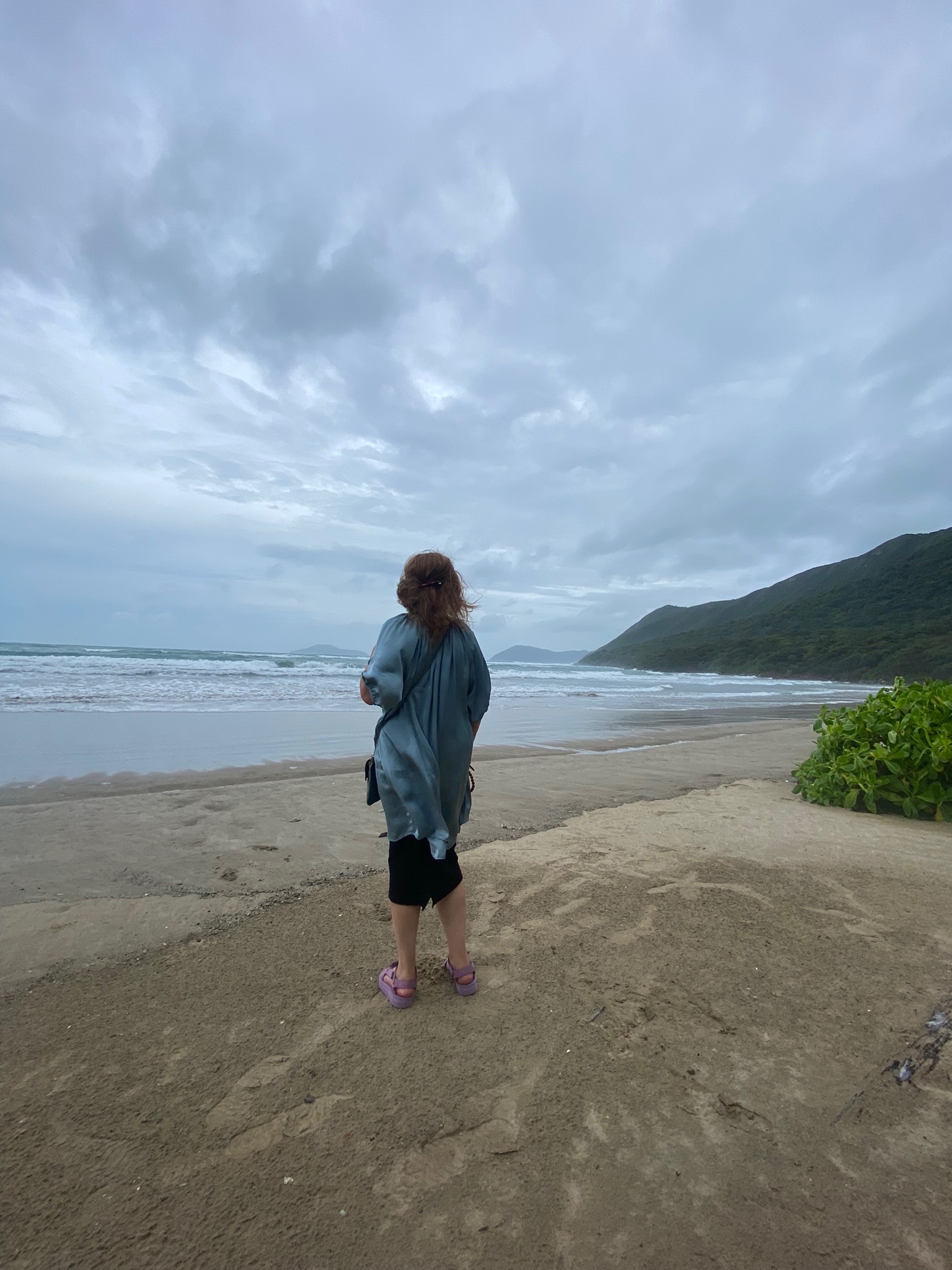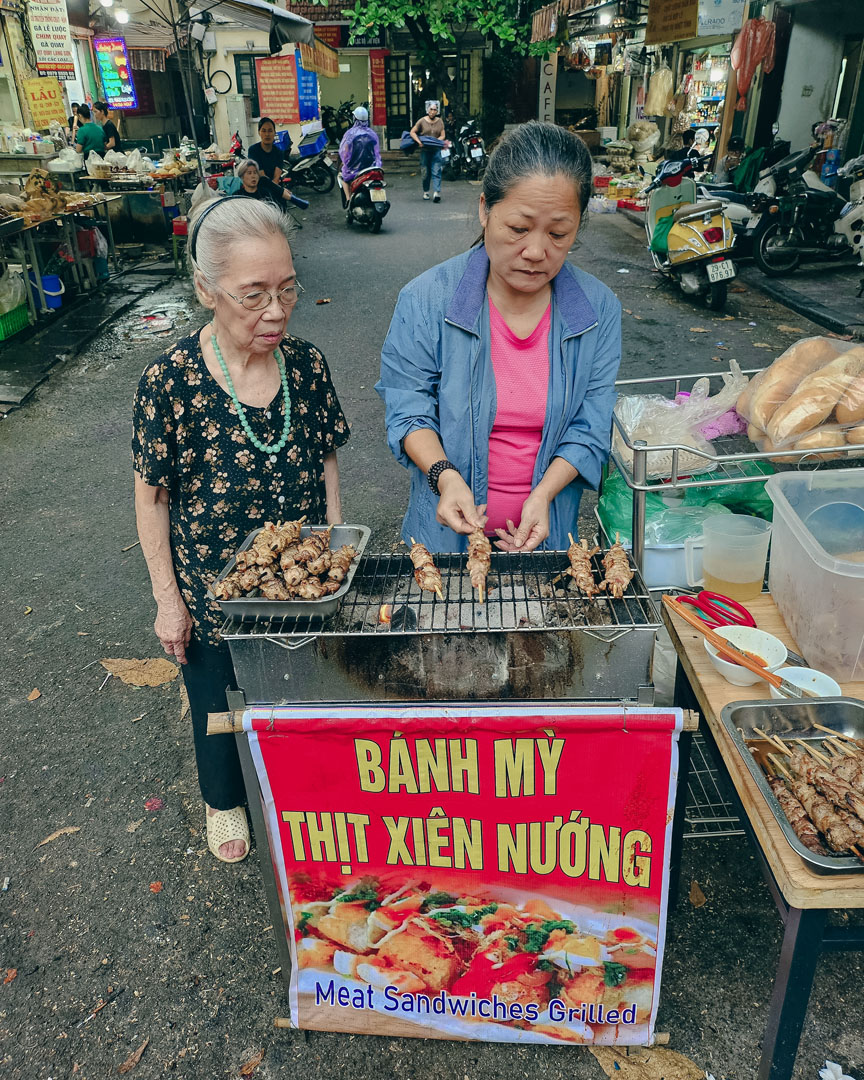A survival guide for vegetarians in Southeast Asia: Part #1


In Western society today, the phenomenon of the dietary requirement shows no sign of abating. Any one dinner table is virtually guaranteed to include at least one vegetarian, vegan, a pescatarian, a gluten-free, a low-carb, and maybe a paleo for good measure. Not so in Southeast Asia, where the only dietary requirement is meat, meat, meat with a side of fish.
Vegetarianism is generally looked on with bewilderment by those in Vietnam, Cambodia and Laos (why wouldn’t you want to eat the tastiest and most nutritious part of the meal??) but there are manys way for the canny veggie to avoid meat and have great food in any of these countries.
How easy is it to be vegetarian in Southeast Asia?

That depends entirely on what sort of vegetarian you are, and what sort of culinary experience you are after. If you are the kind who can stomach a splash of fish sauce here or a broth-that-might-have-had-meat-in-it there, you will have no difficulties at all. If you are a strict vegetarian intent on eating you own weight in street food, it will be a little harder – but not impossible by any means! And since dairy products are relatively rare in Southeast Asian cooking, being vegan is not actually a huge amount more difficult than being vegetarian. Hooray!
Without further ado, here are the things you need to know:
Look for Buddhist restaurants

Although most Southeast Asians are fervent meat-eaters, strict Buddhists do not eat any products made with meat or fish. Even meat-eating Buddhists tend to observe the traditional bi-monthly meat-free days, and there are restaurants across Indochina that cater to this demand. If you are a strict veggie, these are the best way to be sure that nobody’s snuck a shrimp into your noodles or a splodge of pâté into your bánh mì. Be aware that Buddhist food also means no dairy, so unless you are vegan, you might like to ask for an egg to be added for extra protein.
If you can’t find a Buddhist restaurant (or you’re sick of the sight of them), try a Western-style or an Indian restaurant, both of which should serve proper veggie fare and of which there will be plenty in any Southeast Asian city.
Beware of fish sauce

For non-strict vegetarians, one way to find veggie options in Southeast Asia is to ask for your chosen dish to be made without meat. Though restaurants are usually very happy to oblige, the trouble with this method is that the concept of meat is not the same in Asia as it is in the West. All they will do to make your dish “meat-free” will be to literally pick out the meat – don’t expect veggie-friendly broth, oil or toppings, and certainly don’t expect them to hold the fish sauce.
(It’s a well-known fact that Southeast Asian people have fish sauce in their veins, not blood. Pretty much everything is flavored with the stuff – I’ve heard they even add it to their coffee beans, and I’m not even sure if it was a joke or not).
The bottom line is: saying “I’m a vegetarian” doesn’t cut the mustard. If you are serious about avoiding animal-based products of all kinds, the best thing you can do is carry a list of the ingredients you can’t eat to show to your waiter before you start. Most of the time, the restaurant’s chef will be happy to oblige (although your waiter/waitress may return several times to ask “the chef says can I add X ingredient… can you eat it?”).
Check out the side dishes

A handy tip from Charlotte, our resident veggie Indochina expert, is to try building your own meal out of vegetable side dishes, rice, and toppings. This is her trusted, go-to method of eating locally in Vietnam, Cambodia, and Laos – and she particularly recommends the combination of white rice, spring rolls, and garlic fired morning glory for the perfect (and very definitely vegetarian) feast.
Cơm Bình Dân are food stalls that cater to Vietnamese workers on their lunch breaks, with lots of different dishes kept (reasonably) warm under a glass display, as in a canteen. This is a good place to build a satisfying meal out of vegetarian side dishes – though be warned, sometimes there’s meat inside the tofu!
Make the most of the fresh fruit
Fresh, delicious, mouth-watering fruit is available in abundance throughout Southeast Asia, and is the boon of the traveling vegetarian. Take full advantage of it in smoothies, juices, or just as is – and you’ll never go hungry.
Stock up before you head into the wilderness
If you’re planning to spend much of your vacation “off the beaten track” in rural destinations, sticking to your meat-free guns is going to be tricky. In the countryside, there are fewer veggie-friendly restaurants and little understanding of the concept of not eating meat. Be sure to stock up on “just-in-case” veggie snacks before you head out into the wilderness!

Have a day with a local guide
We always recommend local guides to our clients in Southeast Asia. They are your bridge to the cultures you are visiting, and a good guide will be a wellspring of knowledge and tips to help make your trips that much more enjoyable. If you have dietary requirements, your guide should be able to point you in the direction of some good vegetarian restaurants, show you which street food is safe to try, and give general advice on how to survive as a veggie in their home country.
Take a cooking class
Cooking classes are one of our favorite experiences, and they can be arranged across Vietnam, Cambodia and Laos. This is an excellent way to get to grips with the cuisine of each country, giving you a chance to peruse the local markets for fresh produce and learn how to combine ingredients to create some delicious recipes. As long as you advise the cooking school of your dietary requirements at the point of booking, you will be guaranteed a delicious, stress-free meal!
For some veggie-friendly foods and handy survival phrases, check out our next blog post – coming soon!



